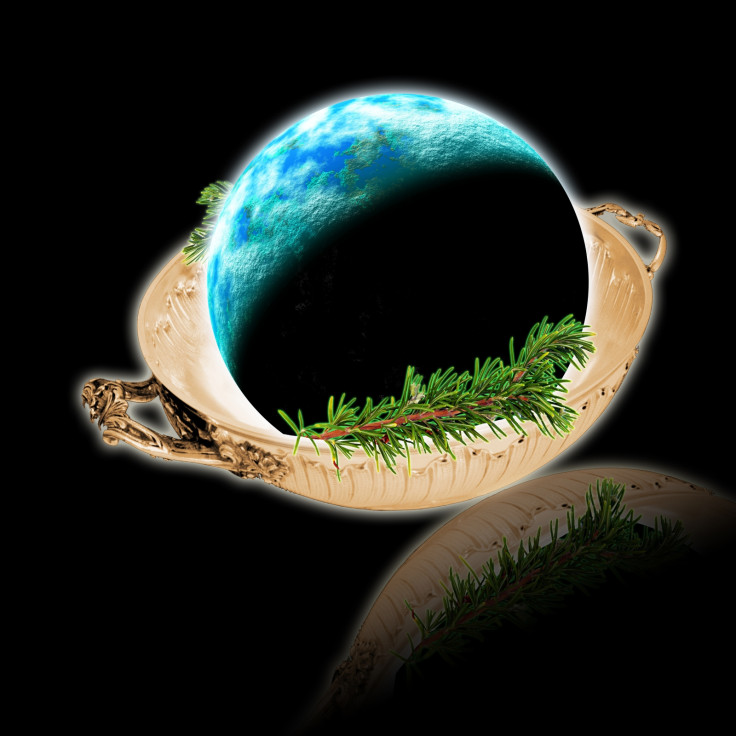Earth not so unique, shows study of exoplanets with same ingredients

The same ingredients and mixing process that went to make Earth could go to build exoplanets around distant stars, says research presented at a meeting of the American Astronomical Society.
The right ingredients mixed to the right amount, heated to the right moment and baked for a few million years, cooled to the right temperature when a crust forms, seasoned with water and organic compounds, with another wait for some million years is all you may require to make an Earth-like planet.
"Our solar system is not as unique as we might have thought," says lead author Courtney Dressing of the Harvard-Smithsonian Center for Astrophysics (CfA). "It looks like rocky exoplanets use the same basic ingredients."
Using the HARPS-North instrument on the 3.6-metre Telescopio Nazionale Galileo in the Canary Islands (HARPS stands for High-Accuracy Radial velocity Planet Searcher) the team accurately measured the masses of small, Earth-sized worlds.
To find a truly Earth-like world, the focus should be on planets less than 1.6 times the size of Earth, because those are the rocky worlds.
These were shown in earlier work to possibly hold oceans for billions of years and thus offering a potential for harbouring life.
While the focus earlier was on planets less than two times the diameter of Earth, the present work targeted Kepler-93b, a planet 1.5 times the size of Earth in a tight, 4.7-day orbit around its star. The mass was measured to be 4.02 times Earth, establishing a rocky composition.
The recipe to making other Earths
Makes one small model planet
Ingredients:
• 1 cup magnesium
• 1 cup silicon
• 2 cups iron
• 2 cups oxygen
• 1/2 teaspoon aluminum
• 1/2 teaspoon nickel
• 1/2 teaspoon calcium
• 1/4 teaspoon sulfur
• dash of water delivered by asteroids
Blend well in a large bowl, shape into a round ball with your hands and place it neatly in a habitable zone area around a young star. Do not over mix.
Heat until mixture becomes a white hot glowing ball. Bake for a few million years.
Cool until colour changes from white to yellow to red and a golden-brown crust forms. It should not give off light anymore.
Season with a dash of water and organic compounds. It will shrink a bit as steam escapes and clouds and oceans form.
Stand back and wait a few more million years to see what happens. If you are lucky, a thin frosting of life may appear on the surface of your new world.
In comparing all ten known exoplanets with a diameter less than 2.7 times Earth's they found that the five planets with diameters smaller than 1.6 times Earth showed a close relationship between mass and size.
The larger and more massive exoplanets had much lower densities indicating they may include a large fraction of water or other volatiles, hydrogen and/or helium.
However, not all planets less than six times the mass of Earth are rocky. But the chances are high that they share an Earth-like composition.
© Copyright IBTimes 2024. All rights reserved.





